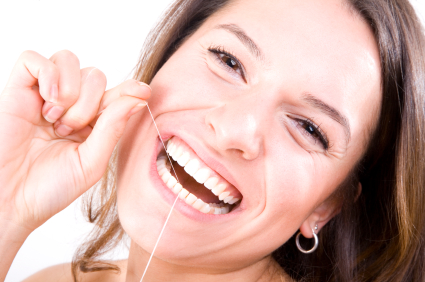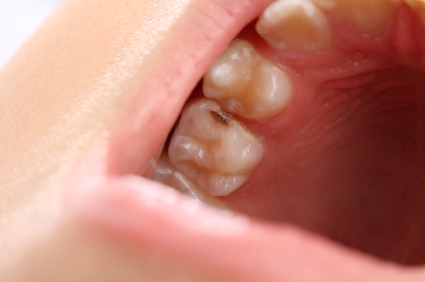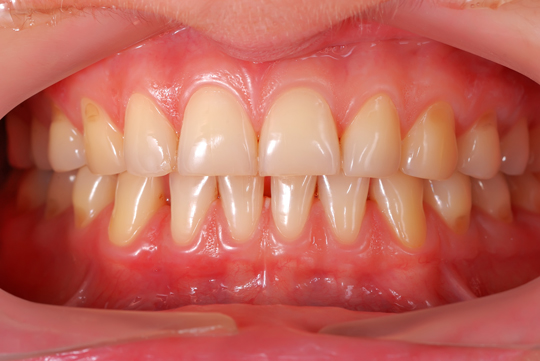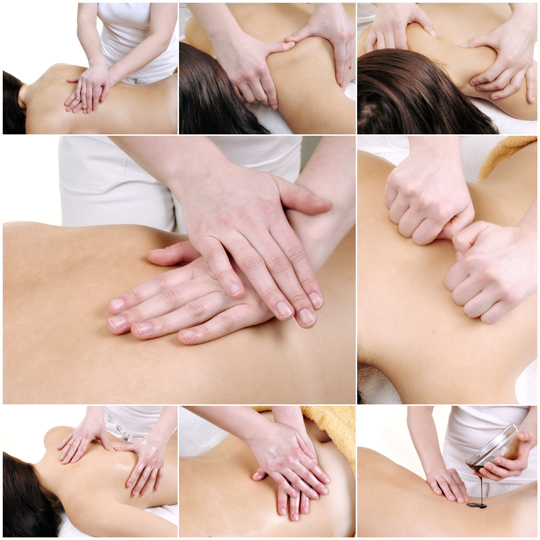Every toddler goes through that dark period where he or she is beginning to sprout their first teeth. This process, known as teething, can start as early as three months and can last till your toddler is three. Teething is painful for toddlers, though the level of pain that a baby can handle will be different for each. Continue reading for more information on the teething process, as well as some toddler teething symptoms to look for.
Toddler teething symptoms
During this period of teething, your toddler will likely act very differently, being more irritable, eating less, and just being a general pain. This is because your baby’s gums are becoming swollen and aching due to the upcoming teeth causing pressure and pain in the gums. Additional symptoms include gums that seem swollen and tender, rashes along your babies cheeks or chin (caused by drooling), the rubbing of gums or ears, drooling, biting, or chewing things that help your toddler with its pain, and general unhappiness and irritability.
Like mentioned, your baby’s gums will be sore as the teeth work their way to the surface of the gums. The gum may appear swollen and bulging, meaning your toddler is likely feeling the pressure and discomfort from the tooth. At this point, you can help your baby relieve the pain by giving him something cold to chew on. A clean, cool, damp towel is something that babies seem to love. Cold teething rings (as long as they are sturdy and will not break) are also recommended.
Another sign your baby may be teething is changes in his sleeping patterns. Pressure from the gums may cause your baby to wake up in the middle of the night or during a nap. When woken up, some babies need comforting before they fall back asleep, so be sure to have a way of monitoring this.
Don’t worry though, there are ways to help your toddler with teething. Besides giving your baby something cold and chewy to bite down on, offering your baby cold foods such as yogurt or applesauce can help numb the pain a little bit. There are also medicines and topical teething gels that can help (check with a doctor first). To keep rashes away from your baby’s skin, you can use a soft cloth to remove drool and a mild moisturizer to soothe the skin.
If you believe your toddler is going through teething and prefer professional help, consider using TalkLocal to find a top-quality dentist in your area. Within minutes, you will be connected to multiple dentists willing to help.












very informative i am expecting my junior very soon and i am very much excited…
Teething can be a difficult time for babies (and parents!). Try putting frozen grapes into a mesh feeder bag. This seems to help with the pain of teething.